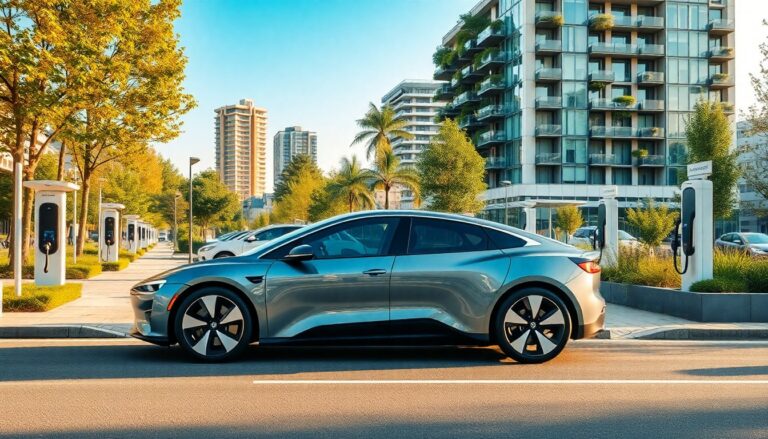Argomenti trattati
The automotive industry is undergoing a significant transformation driven by rapid advancements in technology. With the rise of electric vehicles, autonomous driving, and connectivity, this sector is not just adapting; it is evolving at an unprecedented pace. Understanding these changes is crucial for consumers, manufacturers, and investors alike.
Electric vehicles: The shift to sustainability
One of the most prominent trends in the automotive landscape is the shift towards electric vehicles (EVs). As concerns about climate change and fossil fuel dependency grow, manufacturers are investing heavily in EV technology. These vehicles not only reduce greenhouse gas emissions but also offer lower operating costs compared to traditional gasoline-powered cars.
The rise of charging infrastructure
To support the growing number of electric vehicles on the road, there is an urgent need for enhanced charging infrastructure. This includes the installation of fast-charging stations and the development of smart grid technology to manage energy usage efficiently. Companies like Tesla and ChargePoint are leading the way in expanding charging networks, making it easier for consumers to adopt electric vehicles.
Battery technology advancements
Another critical element in the success of electric vehicles is the development of battery technology. Innovations such as solid-state batteries promise to deliver higher energy densities and faster charging times, addressing some of the key challenges faced by EV users. As battery technology continues to improve, we can expect a significant boost in the adoption of electric vehicles.
Autonomous driving: Redefining mobility
Alongside the rise of electric vehicles, autonomous driving technology is rapidly advancing. Companies like Waymo, Tesla, and Uber are investing billions in developing self-driving cars. The potential benefits of this technology include improved road safety, reduced traffic congestion, and increased mobility for those unable to drive.
Levels of automation
Autonomous vehicles are categorized into different levels, ranging from Level 0, which has no automation, to Level 5, which is fully autonomous. Currently, many vehicles on the market offer Level 2 automation, where the vehicle can assist with steering and acceleration but still requires human oversight. As technology progresses, a gradual shift towards higher levels of automation is anticipated, making self-driving cars a reality.
Regulatory and ethical considerations
While the technology for autonomous vehicles is advancing, there are significant regulatory and ethical considerations that must be addressed. Questions surrounding liability in the event of an accident, data privacy, and the ethical implications of decision-making algorithms are all critical issues that need to be resolved. Policymakers and automotive manufacturers must work together to create a regulatory framework that fosters innovation while ensuring safety.
Connected vehicles: The future of mobility
The concept of connected vehicles is also gaining traction. These vehicles utilize Internet of Things (IoT) technology to communicate not only with each other but also with infrastructure and the cloud. This connectivity can enhance safety, improve traffic management, and provide real-time updates to drivers.
Vehicle-to-everything (V2X) communication
One of the most promising aspects of connected vehicles is vehicle-to-everything (V2X) communication. This technology allows cars to exchange information with other vehicles, pedestrians, traffic signals, and even the surrounding environment. By sharing data, V2X can help prevent accidents and improve overall traffic flow, paving the way for smarter cities.
Enhanced user experience
The integration of connected technology also enhances the user experience. Features such as real-time navigation updates, remote vehicle diagnostics, and personalized infotainment systems are becoming standard in modern vehicles. As consumers increasingly demand connectivity, automotive manufacturers are prioritizing the development of these features to stay competitive.
One of the most prominent trends in the automotive landscape is the shift towards electric vehicles (EVs). As concerns about climate change and fossil fuel dependency grow, manufacturers are investing heavily in EV technology. These vehicles not only reduce greenhouse gas emissions but also offer lower operating costs compared to traditional gasoline-powered cars.0

